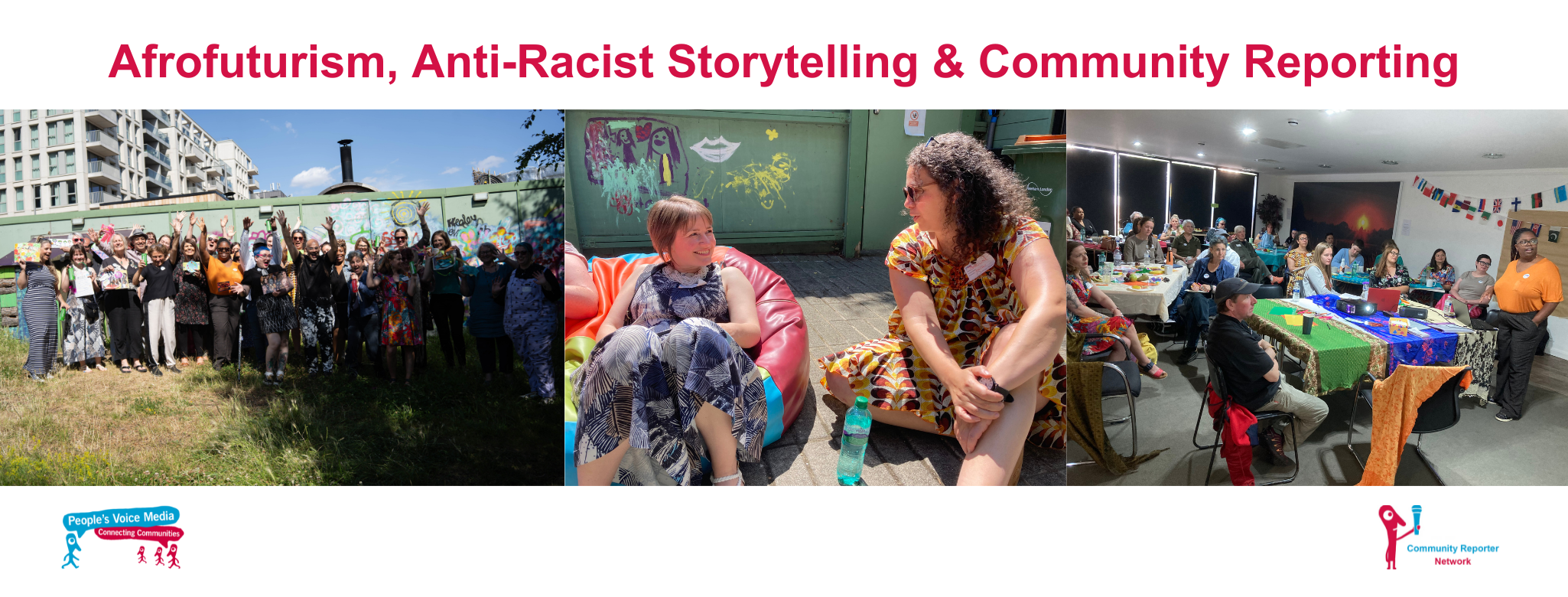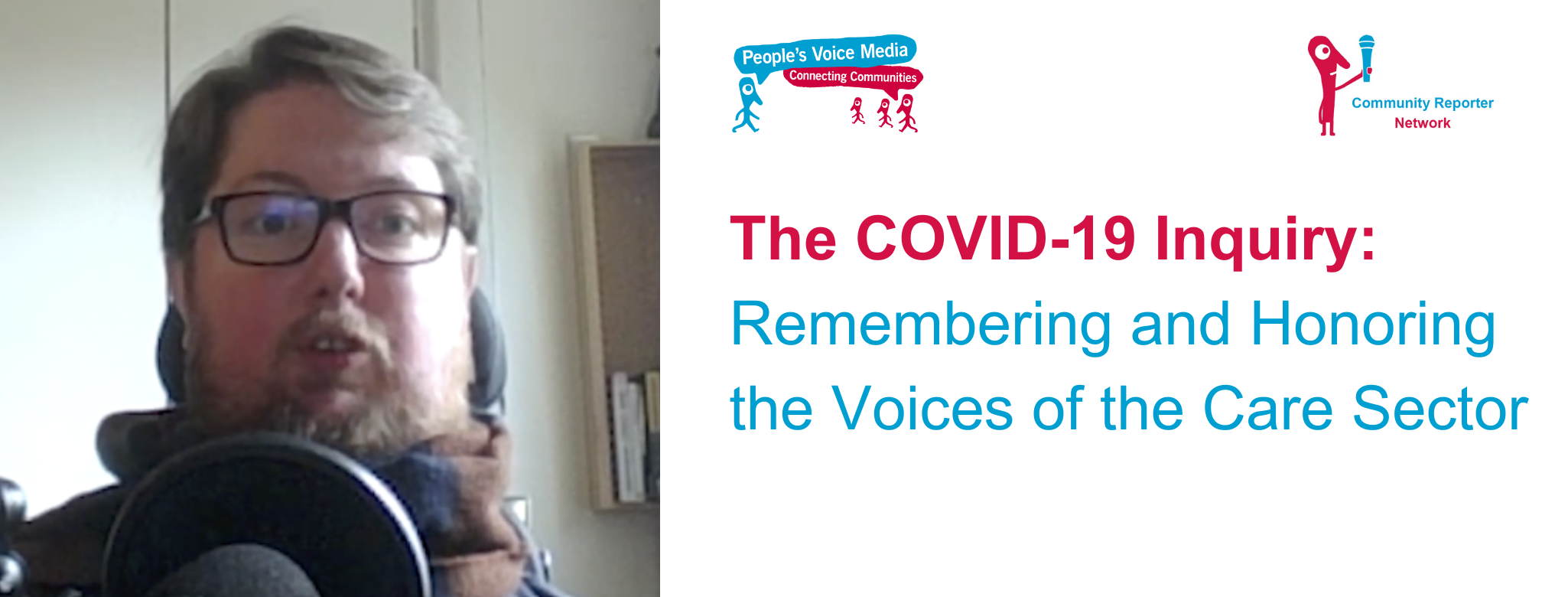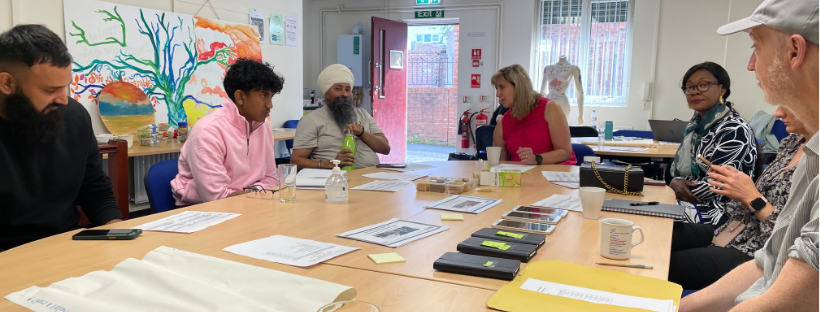COMMUNITY REPORTER SPOTLIGHT: JACQUI DARLINGTON

Meet Jacqui Darlington from Rutland — a long-time carer, mum, and passionate disability advocate. Jacqui’s journey into community reporting began with Amplifying Voices, a programme designed to empower racialised individuals to share lived experiences through storytelling.
“I’m Jacqui Darlington. I’m passionate about health and social care and the rights of disabled people. I became a community reporter because I believe in giving people a voice and changing perceptions,” Jacqui shares.
As a carer to her son Joshua, who has Down Syndrome, autism and no understandable speech, Jacqui uses creative methods like photos and narration to help him express his story. “Even Joshua, who doesn’t use spoken word, now has a voice,” she says.
Jacqui believes strongly in the power of community reporting to uplift unheard voices. “It’s not just about skills—it’s about building a network, shifting mindsets, and supporting others.”
A fellow community reporter reflects: “People like Jacqui inspire us to think differently and to truly listen to stories that might otherwise go untold.”
Through her work, Jacqui is helping to change hearts and minds—one story at a time.
#AmplifyingVoices #CommunityReporting #DisabilityAdvocacy



